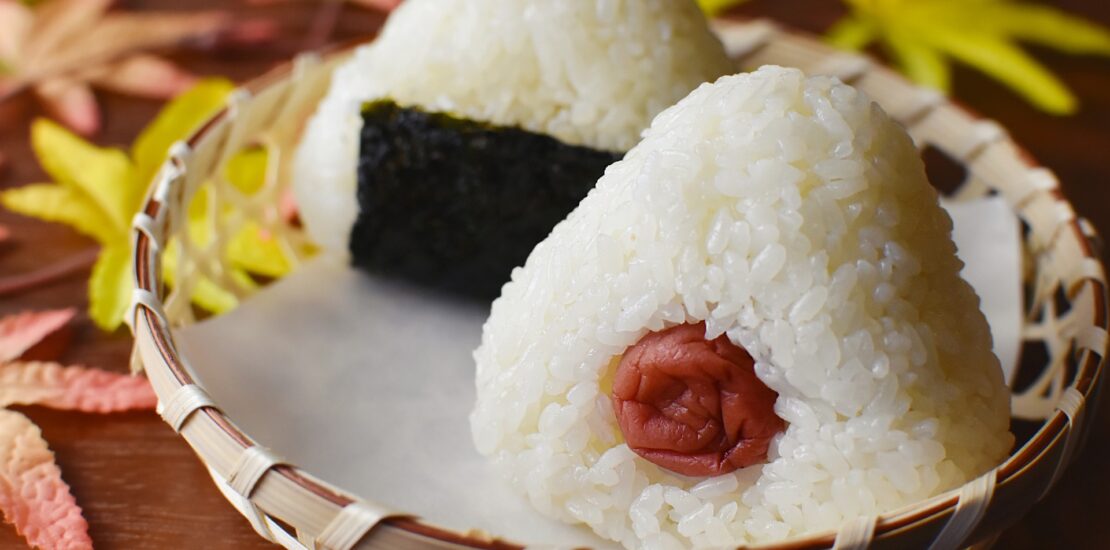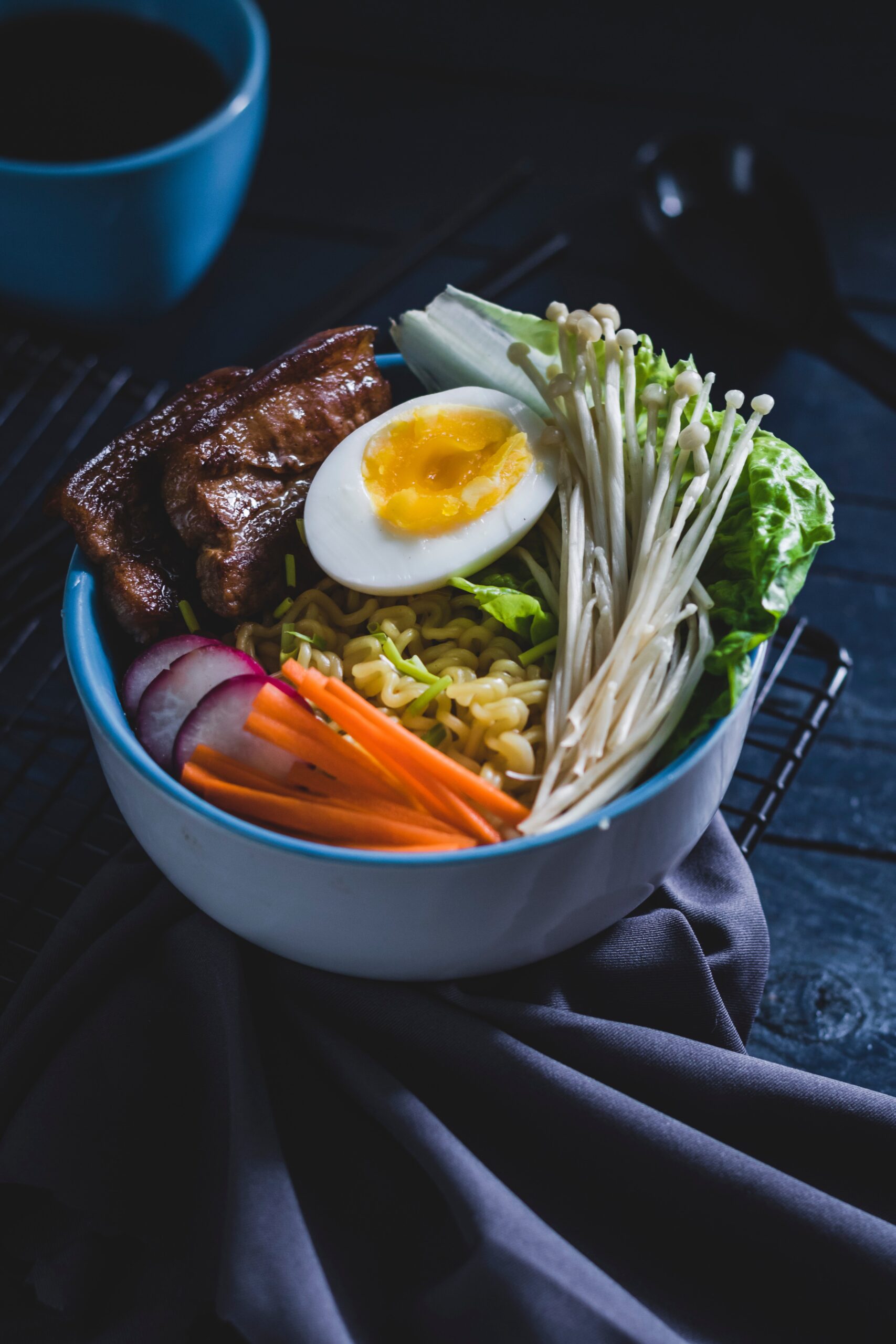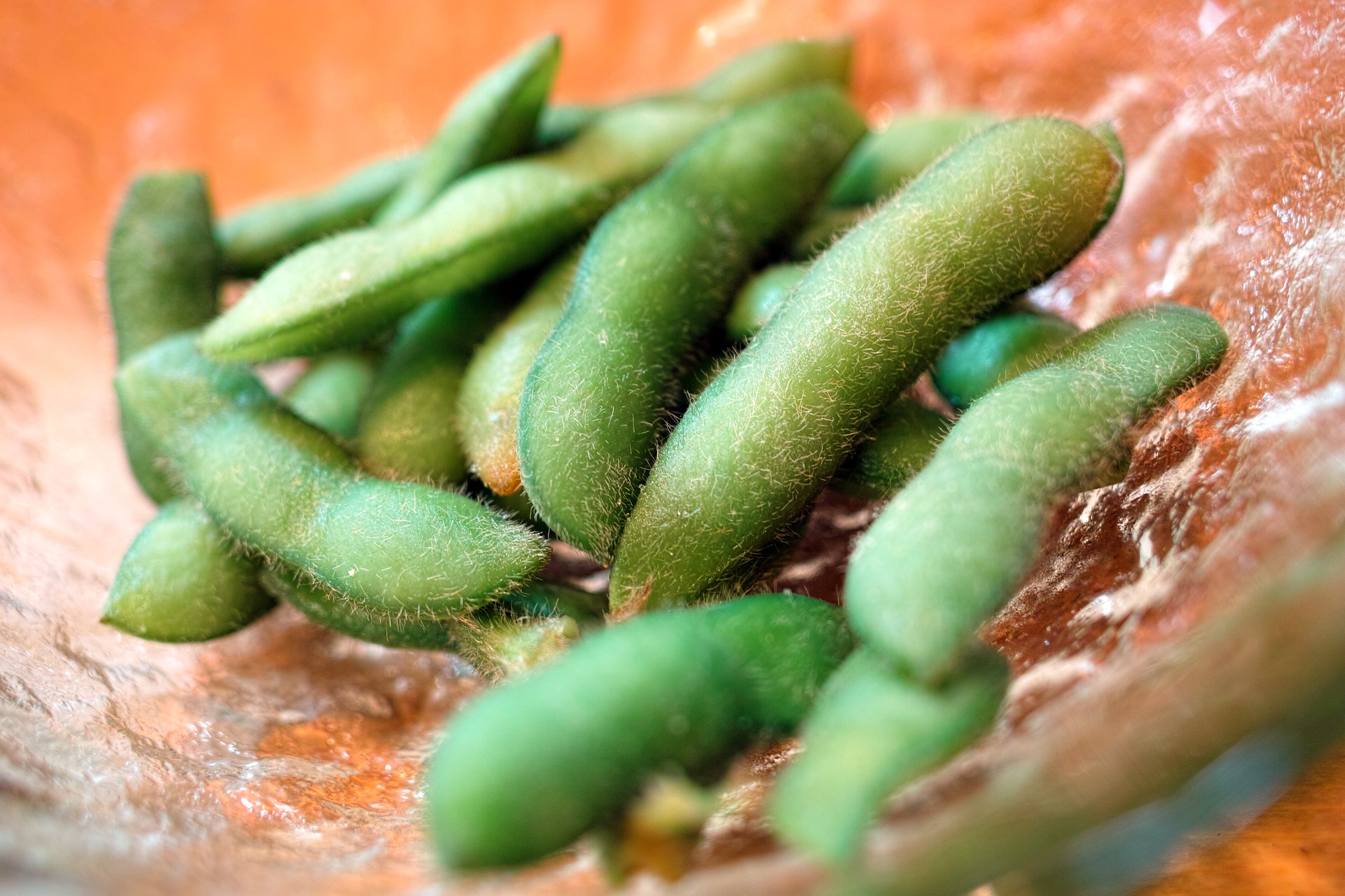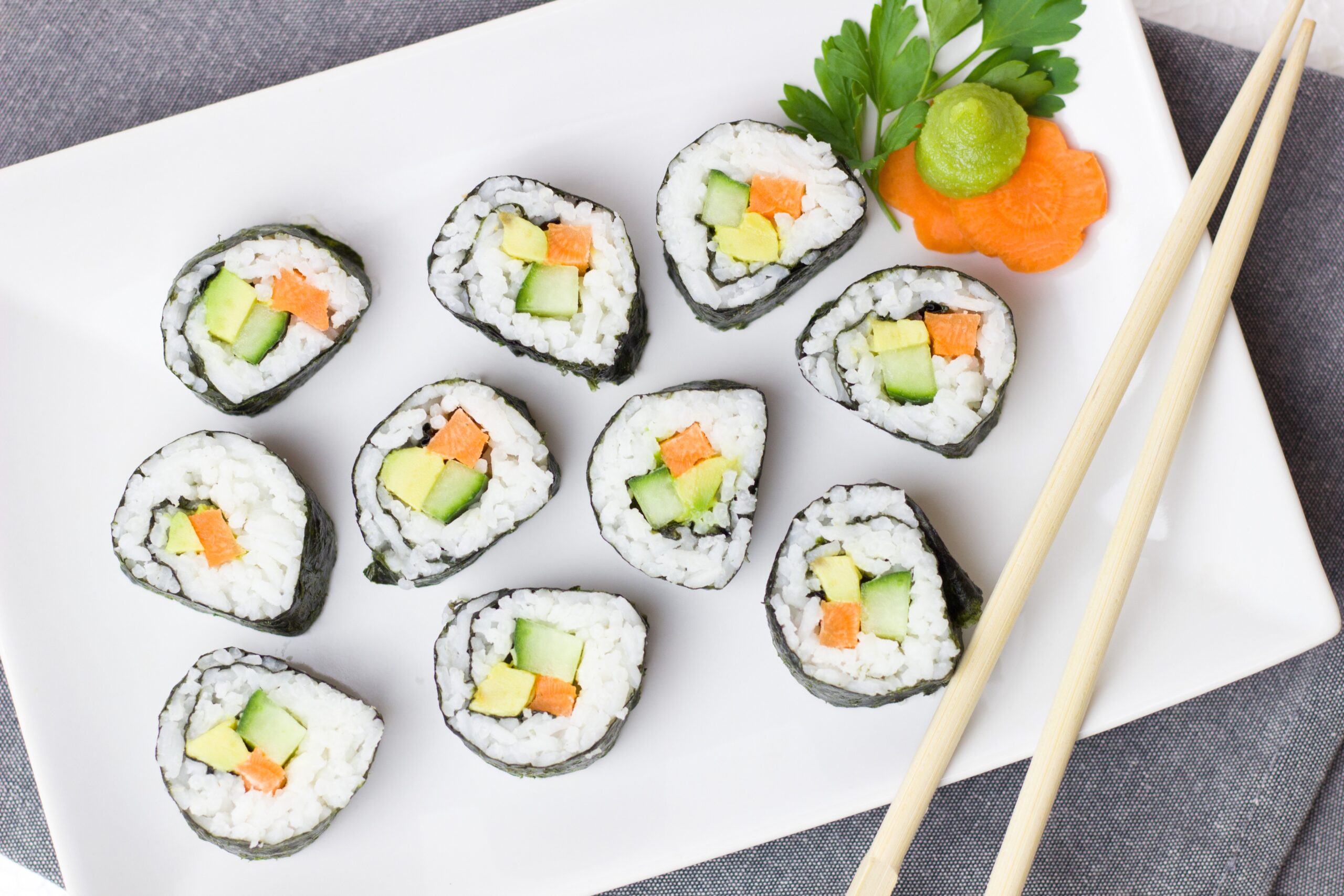Japan with its unique food culture can seem a little daunting to vegetarians because its cuisine leans so heavily towards meat. But Japan does have a wide range of vegetarian dishes and with a little bit of planning, you can enjoy a good vegetarian meal here.

Japan has a rich and unique cuisine and with its aesthetic sense of presentation and subtle flavors, Japanese food is a sensory delight. The only catch is that Japanese cuisine favors a lot of meat and fish and being a vegetarian can be rather frustrating because it limits your ability to enjoy the local fare.
Surprisingly Japan was not always a predominantly meat-eating country. The staple food was rice and vegetables and since it is an island nation, fish and seaweed. Poultry was rarely eaten.
The advent of Zen Buddhism around AD 593 further influenced eating habits. The monks frowned upon the killing and eating of animals. Emperor Tenmu banned meat-eating in all forms, except fish, though the monks believed that even fish should be avoided.
The winds of change began when Japan opened itself to the west. Dutch and Portuguese missionaries brought their own food and eating habits to the Island. Emperor Meiji saw meat as a way to embrace modernization and also increase the health of the local population. The American occupation after the second world war was also largely responsible for the increase in consumption of meat and gradually Japan developed its own version of meat dishes.
For a vegetarian, it can sometimes seem very daunting to find a vegetarian meal in Japan that is fulfilling. The biggest problem that vegetarians encounter here is that even dishes that don’t seem to have meat in them will very likely contain fish in some hidden form or the other.
Dashi – The hidden culprit
Simply explained Dashi is a broth made of edible kelp and fish flakes. It forms the base for all noodle dishes, miso soup, and any other broth-based dishes like Nabe.
So even if your bowl of soba has no meat in it and your Nabe is made up entirely of vegetables, the broth will probably contain fish. It is rather difficult to find dishes with no traces of fish and for the sake of convenience, a lot of vegetarians have compromised and don’t mind dashi. The Japanese are so used to having fish, most don’t even consider it as meat. So, even when you go to a restaurant and say no meat, you may still end up getting something with fish in it! It is always better to specify no meat and no fish.
Having said that, Japan does have a wide range of vegetarian dishes and with a little bit of planning, you can enjoy a good vegetarian life here.

Some Japanese Vegetarian dishes
- Zaru Soba – Cold soba noodles enjoyed in summers that come with a dipping sauce. Just make sure the sauce has no fish flakes in it.
- Tofu – Tofu is a staple for vegetarians here. You can eat it as it is or with a slight dash of soy sauce and a grating of green onions or even pan-fried. It is an extremely versatile dish.
- Okonomiyaki – This savory salty pancake has flour as a base and meat and vegetables as toppings. You can always ask the chef to add only vegetables to your okonomiyaki toppings.
- Tempura – Tempura are lightly battered and then deep-fried fritters made up of seafood, meat, or vegetables. Ask for tempura with only vegetables and you will get a wide variety of deep-fried vegetables such as onion, okra, lotus root, shiso leaf, eggplant, etc.
- Tsukemono – Tsukemono is vegetables pickled in vinegar or rice bran- not a full meal but they can be a great accompaniment to a meal. Pickled vegetables can include radish, cucumber, eggplant, carrot, cabbage, water lily root, ginger, and plums.
- Onigiri or rice balls – one of the most well-known items of Japanese food, onigiri most commonly contains meat or fish, especially Tuna. There are also vegetarian versions with pickled vegetables like carrots and cucumber or plums. Rice wrapped up in healthy seaweed with pickled vegetables inside makes a complete mini-meal.
- Kushiage – Kushiage are very small bits of vegetables and meat on sticks that are often found in izakayas – Japanese-style pubs. Ask the chef for a vegetarian version and you can get mushrooms, capsicum, and even eggplant!
- Edamame – Edamame or salted soybeans are yet another item often found in Izakayas that you can enjoy with your drink or eat just as a snack.
- Kinpira – Kinpira are simmered root vegetables in a mix of soy and mirin, again something you can safely eat at Japanese restaurants.
- Convenience store Snacks – When you are out and about and hunger strikes, head to the nearest convenience store to hunt up vegetarian options. Onigiri would be your best choice, but besides that, you have other options such as bagels, raisin buns, and a typical Japanese sandwich that is made of fruit pieces and whipped cream. Rice crackers or senbei are also good options. Other healthier options are nuts, dried pineapple or mango slices, flavored yogurts. You also get cut and chopped salad mixes at most convenient stores and a lot of convenience stores carry fruits as well.

Shojin Ryori – Food the monks eat
Shojin Ryori deserves a special mention. This is vegetarian food typically eaten by Buddhist monks. Zen Buddhism believes that eating meat pollutes the mind and prevents concentration and meditation. Shojin Ryori is very aesthetically presented and stresses on local and seasonal ingredients. It is definitely worth a try as it is the perfect way to enjoy the various nuances and flavors of Japanese cuisine in pure vegetarian form. Unfortunately, Shojin ryori can only be found in specialty restaurants. Traditional places with a lot of temples such as Kyoto, Nikko and Mt Koya are also the best places to enjoy such food. There are some temples that offer overnight stays and an opportunity to enjoy Shojin Ryori.
Do give it a try if you can!
Think Global
If you are willing to look beyond Japanese food, there are many non-Japanese food options in Japan that cater to vegetarians. Indian restaurants always have a wide range of vegetarian options. Tokyo has many Indian restaurants and you can head to the nearest one to enjoy some curry and naan. Some Mediterranean and Italian restaurants also offer vegetarian dishes.
Rise of Vegetarianism
I first came to Japan 2 decades ago and compared to then it is much easier to find vegetarian dishes now. With veganism and Vegetarianism on the rise across the globe, the Japanese are also becoming more and more accustomed to the concept of food without meat. Now there are even vegan restaurants, something that was unheard of even a couple of years ago.
Some of the foreigners dominated areas like Minato Ku have convenience stores and takeaway restaurants that offer vegan bento. Restaurants like T’s Tantan offer noodles and curries where even the broth is completely vegan.
An excellent way to search for vegetarian or vegan restaurants in Tokyo is to use the website the Happy Cow.

Cook for yourself!
Japan has many typical vegetables not usually used in western cuisine. With a little bit of innovation, these can be used to make stews, soups or eaten steamed.



